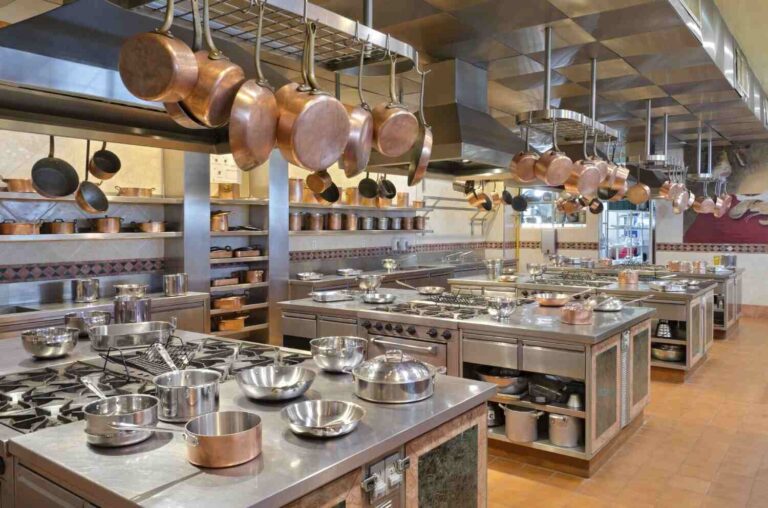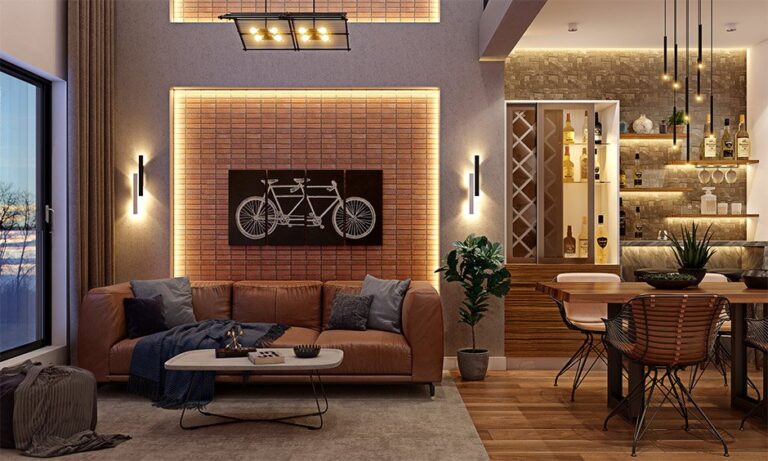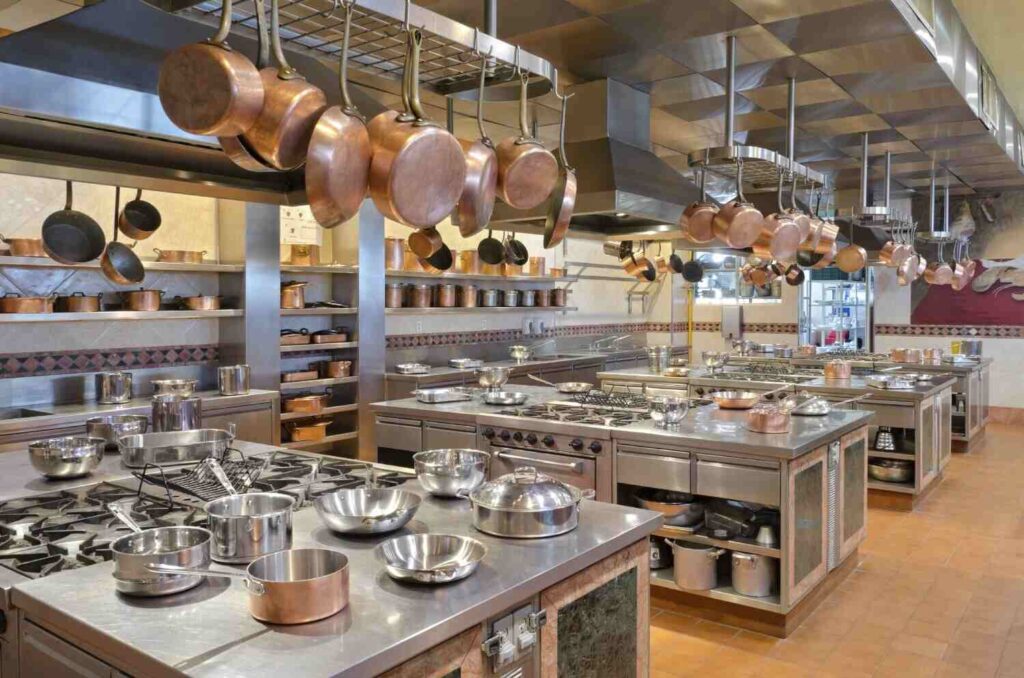Manual blinds have long been the standard choice among homeowners, but motorized blinds are quickly gaining popularity for their smart features and ease of use.
But which option is right for you? Should you invest in high-tech automation, or is the simplicity of manual blinds the better choice?
In this guide, we’ll break down the key differences and look at the pros and cons of both motorized and manual blinds. By the end, you’ll have a clear understanding of which blinds best suit your needs, budget, and lifestyle. Let’s dive in!
Motorized Blinds vs Manual Blinds Comparison
Before we get into the detailed review, here is a table comparison to give you a summary of what each type of blind has to offer.
|
Feature |
Motorized Blinds |
Manual Blinds |
|---|---|---|
|
Cost |
Generally lower |
High upfront investment |
|
Ease of Use |
Requires physical effort |
Effortless operations |
|
Maintenance |
Simple maintenance |
May require professional upkeep at times |
|
Automation |
None |
Some smart features are available |
|
Aesthetic Appeal |
Traditional look |
Modern luxurious look |
Let’s now get into the detailed review.
What are Motorized Blinds?
Motorized blinds are an innovative type of window treatment that incorporates motorized components for automated operation.
Unlike traditional manual blinds that require physical adjustment using cords, wands, or chains, motorized blinds are controlled remotely. This control is often achieved through a remote control, smartphone app, or integration with a home automation system.
Normally, you’ll find three types of motorized blinds:
- Battery-powered – Wireless, easy to install, and best for renters or existing homes.
- Hardwired – Connected to the home’s electrical system for a seamless, maintenance-free experience.
- Solar-powered – Uses solar panels to charge, making them energy-efficient and sustainable.
With motorized blinds, adjustments such as raising, lowering, and tilting can be made with the push of a button or the click of a screen. They’re most common in smart homes, luxury homes, and on windows that are hard to reach, e.g., high windows and skylights.
What are Manual Blinds?
Manual blinds are traditional window coverings that require hands-on operation using cords, wands, or chains. They rely on a clutch and pull system for adjustments.
Manual blinds do not have automated or remote control capabilities. While simple in design, they offer direct tactile control over the amount of light and privacy in a room. Popular examples of manual blinds include:
- Venetian blinds – Feature horizontal slats that can be tilted for light control.
- Roller blinds – Made from a single piece of fabric that rolls up and down.
- Roman blinds – Fabric blinds that fold into neat pleats when raised.
- Vertical blinds – Typically used for large windows and sliding doors.
Manual blinds have been a popular choice in traditional homes and rental properties for several good reasons. So, let’s look at the pros and cons of both motorized and manual blinds next.
Pros and Cons of Motorized Blinds
Motorized blinds have gained popularity in recent years due to their convenience and modern features. But like any product, they come with their own set of advantages and disadvantages.
Pros
- Convenience: Motorized blinds support effortless operations, where you can adjust your window coverings with just a push of a button or through a smartphone app. This is especially beneficial for hard-to-reach windows or large installations.
- Automation and scheduling: Many motorized blinds can be programmed to open or close at specific times. This adds convenience and energy efficiency by optimizing natural light throughout the day.
- Integration with smart home systems: Motorized blinds can easily integrate with smart home technology for seamless control alongside other devices, such as lights and thermostats.
- Energy efficiency: Smart blinds can reduce energy costs by adjusting automatically to block heat in summer and let in warmth during winter.
- Child & pet safety: With no cords, motorized blinds eliminate strangulation risks, making them a safer choice for homes with kids and pets.
- Security & privacy: Automated schedules can make your home look occupied when you’re away, deterring potential intruders.
- Modern aesthetic: Sleek, cordless design enhances a clean and clutter-free look, ideal for contemporary interiors.
Cons
- Higher initial costs: The technology and installation required for motorized blinds often come with a higher price tag compared to manual options. They can cost between $300 and $1000 per window.
- Maintenance and repair: Motorized systems can be more complex than manual ones, potentially leading to more maintenance requirements or the need for professional repairs if the motor fails.
- Power dependency: Motorized blinds rely on electricity or batteries, which means they may not function during power outages or if the batteries run low.
Pros and Cons of Manual Blinds

Manual blinds have long been a staple in window treatments due to their straightforward design and operation. They’re also available in many different styles, as you can see from this window treatment company that supplies blinds in New Jersey. And while they may lack the high-tech features of motorized options, they offer unique benefits that appeal to many homeowners.
Pros
- Cost-effectiveness: Manual blinds are typically more affordable than their motorized counterparts. They’re, hence, an attractive option for those looking to furnish their windows without breaking the bank.
- Simplicity in maintenance: With fewer mechanical parts involved, manual blinds generally require less maintenance and are easier to repair if issues arise.
- Direct control: Many users appreciate the tactile experience of manually adjusting their blinds for precise control over light levels and privacy.
- Wide variety of styles: Available in numerous colors, materials, and designs. You can find the perfect option to match your home decor.
- No power dependency: They function regardless of power outages or battery life.
Cons
- Physical effort required: Operating manual blinds can be cumbersome, especially for large windows or those located in hard-to-reach areas.
- Limited features: Manual blinds lack automation capabilities, which means users miss out on the convenience of scheduling and remote control features that motorized blinds offer.
- Potential wear and tear: Over time, the cords and mechanisms used in manual blinds wear out or become damaged, requiring replacement or repair.
- Limited smart integration: No automation features, meaning you can’t control them remotely or integrate them into a smart home system.
In Closing: Which Blinds Are Right for You?
The right choice between manual and automated blinds will depend on your needs and budget. This article has shared the different scenarios where both options excel and their shortcomings.
Regarding costs, manual blinds are cheaper to install and maintain because they’re a simple, DIY-friendly option. Meanwhile, motorized blinds are more expensive upfront and may require professional installation and maintenance because they’re complex.
However, they are very convenient and support smart home integrations. Smart window treatment solutions can further enhance automation, offering seamless control and energy efficiency.


















